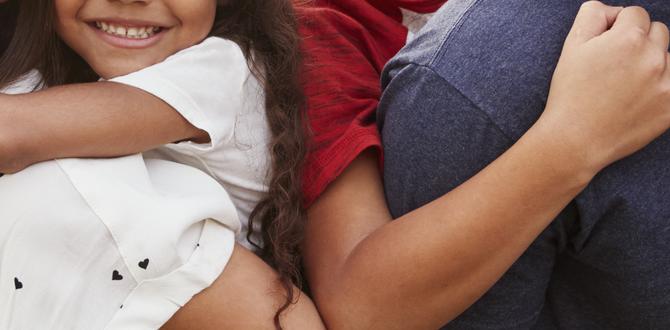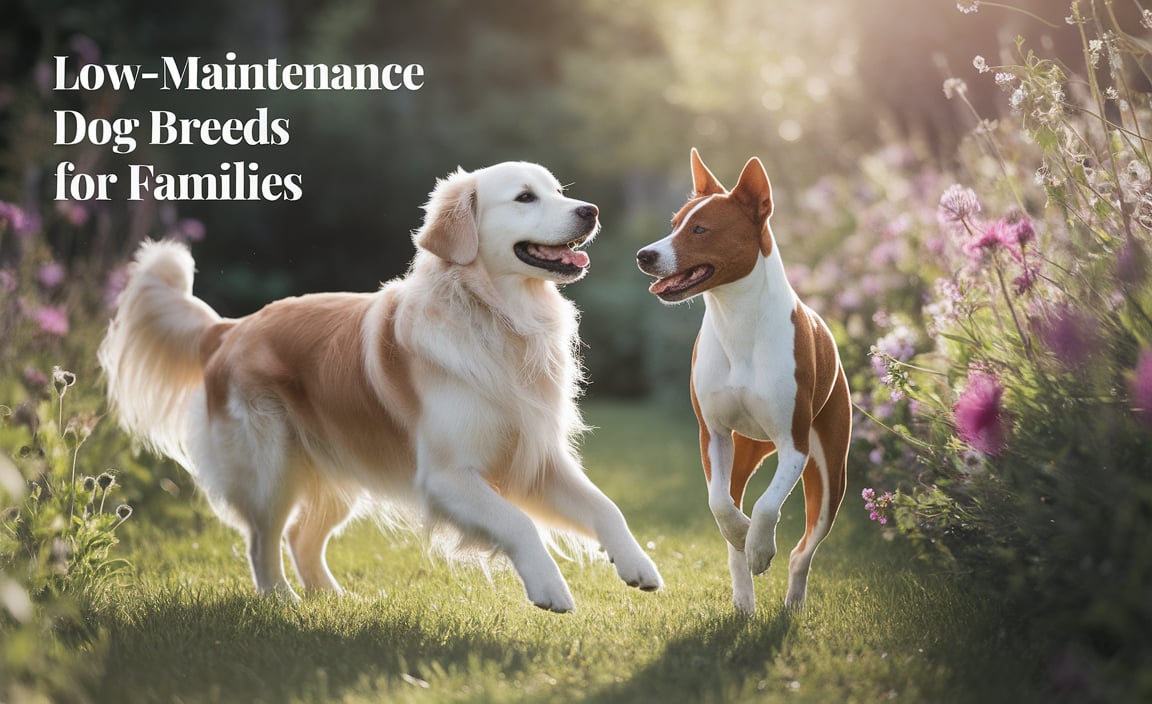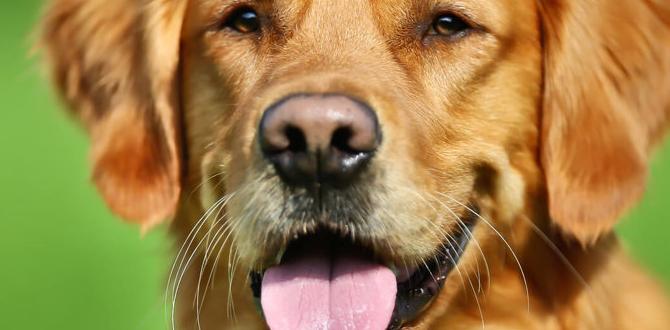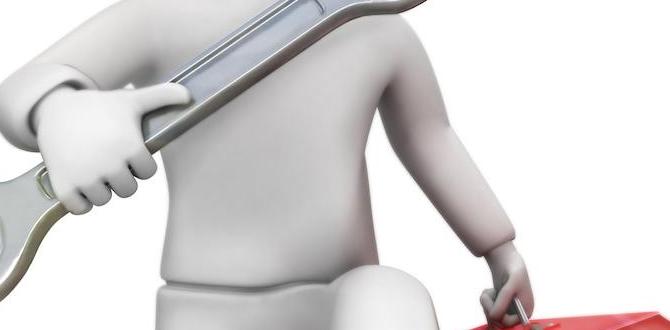Have you ever wondered why some dogs seem scared of harmless things? Dog phobias and fears can be puzzling, especially for beginners. Dogs can fear loud noises, strange objects, or even new places. Understanding these fears is important for keeping your furry friend happy and safe. Ready to learn more about dog phobias and fears for beginners?
Key Takeaways
- Understand the common causes of dog phobias and fears.
- Recognize the signs of fear in your pet dog.
- Learn how to manage dog phobias and fears.
- Dog phobias and fears for beginners need patience.
- Training can help reduce a dog’s fears.
Understanding Dog Phobias
Dogs are wonderful companions, but they can have fears just like us. Dog phobias and fears for beginners can seem mysterious. Dogs might fear storms, fireworks, or even the vacuum cleaner. These fears often come from past experiences, loud noises, or unknown things. Watching your dog’s behavior helps you understand what scares them.
- Observe when your dog seems scared.
- Notice changes in their body language.
- Identify common phobias like thunder or fireworks.
- Keep a journal of your dog’s reactions.
- Talk to a vet or pet expert for advice.
Understanding these fears helps in creating a safe environment for your dog. It’s important to remember that not all dogs react the same way to things. Some may shake or hide, while others might bark or run. Knowing your dog’s unique reactions is the first step in helping them feel secure.
Fun Fact or Stats : About 40% of dogs have a fear of loud noises.
What Causes Dog Phobias?
Have you ever wondered why your dog is scared of thunder? Many factors can cause dog phobias. Loud noises, past bad experiences, or even lack of socialization can play a role. Imagine a dog who never heard fireworks before. The sudden loud boom can be terrifying! Understanding these causes helps in managing your dog’s fears.
How to Recognize Fear in Dogs
Do you know how to tell if your dog is scared? Recognizing fear in dogs is crucial. Look for signs like panting, trembling, hiding, or barking. Some dogs might even lose interest in food or play. Being alert to these signals ensures timely help for your dog. A scared dog needs comfort, love, and understanding.
Common Phobias in Dogs
What scares dogs the most? Common dog phobias include fears of fireworks, thunderstorms, and vacuum cleaners. Some dogs might also fear strangers or other animals. These phobias can be intense but manageable. Knowing what scares your dog lets you prepare and protect them better. You can plan by avoiding triggers or using calming techniques.
Identifying Your Dog’s Fears
Identifying dog phobias and fears for beginners may seem tricky at first. Each dog is unique, and their fears can vary. Spend time observing your dog in different situations. Notice what makes them anxious or scared. Understanding these triggers is key to helping your dog feel safe and secure.
- Watch your dog during storms or fireworks.
- Observe their reaction to strangers.
- See how they act in new environments.
- Check for fear of other animals.
- Use this information to avoid fear-inducing situations.
Once you know what your dog fears, you can start managing these situations. Noticing their body language and actions will help you respond better. Some dogs might cower or bark, while others might freeze or run away. Identifying these behaviors is the first step in helping them overcome their fears.
Fun Fact or Stats : Dogs have three times more smell receptors than humans!
First Steps to Identify Fears
Do you know how to start spotting your dog’s fears? Begin by watching them closely. Notice their reactions in different settings. Are they scared of cars or other dogs? Each reaction gives a clue about their fears. Keep a journal to track these signs. This simple step helps in understanding and managing their fears better.
Signs of Fear in Dogs
Can you spot when your dog is scared? Dogs show fear in many ways. They might shake, hide, or growl. Some may refuse to move, while others might bark continuously. Watching for these signs helps you know when your dog needs comfort. Understanding these signals is crucial for a strong bond with your dog.
Tools to Help Identify Fears
What tools can help you spot your dog’s fears? Simple things like a camera or notebook can be handy. Record your dog’s behavior in different situations. Use a table to track their reactions. This method helps in identifying patterns in their behavior. Knowing these patterns helps in creating a safe space for your pet.
Managing Dog Phobias
Managing dog phobias and fears for beginners requires patience and understanding. Once you know what your dog fears, you can take action. Creating a safe environment is crucial. You can use various techniques to help your dog feel secure and calm. This process may take time, but it’s worth it for your furry friend.
- Create a safe space for your dog.
- Use calming music or sounds.
- Try dog anxiety wraps or vests.
- Consider training or behavior classes.
- Speak to a vet for more advice.
Helping your dog overcome their fears is a rewarding experience. You may need to adjust your home or use special products. Some dogs respond well to music, while others benefit from toys or blankets. The key is to find what works best for your pet and stick with it. Over time, your dog will become more confident and happy.
Fun Fact or Stats : Some dogs can hear sounds up to four times further than humans!
| Technique | Pros | Cons |
|---|---|---|
| Calming Music | Soothes anxious dogs | May not work for all |
| Anxiety Wraps | Provides comfort | Dogs may dislike them |
| Training Classes | Improves behavior | Can be costly |
| Safe Spaces | Gives security | Needs preparation |
Creating a Safe Space
Do you have a safe spot for your dog? A secure space can help ease fears. Fill this area with their favorite toys and a comfy bed. Add some calming music or a cozy blanket. This space becomes a retreat when they feel scared. It’s like a personal haven where they can relax and feel protected.
Using Calming Products
Have you tried calming products for your dog? Items like anxiety wraps or calming sprays can be helpful. These products provide comfort and reduce stress. Choose items that suit your dog’s needs. Not all dogs will like every product, so you may need to try a few. The right choice can make a big difference in managing their fears.
Behavioral Training Tips
What about training to ease fears? Training can be a great way to manage dog phobias. Enroll your dog in classes or work with a trainer. Positive reinforcement works wonders. Reward your dog when they face their fears calmly. This builds confidence and helps them learn that there’s nothing to fear.
Training Techniques for Phobias
Training can be a powerful tool in treating dog phobias and fears for beginners. Starting with simple techniques can make a huge difference. Training helps dogs face their fears and learn new coping skills. With time, patience, and practice, your dog can overcome many of their fears.
- Use positive reinforcement techniques.
- Start with small, manageable steps.
- Gradually expose your dog to triggers.
- Stay calm and encouraging.
- Be consistent in your training efforts.
Patience is key when training a dog with phobias. Start with small steps and slowly increase the challenge. If your dog fears loud noises, begin by playing soft sounds and gradually increase the volume. Reward your dog for staying calm and brave. This method can be slow, but it builds trust and reduces fear over time.
Fun Fact or Stats : Dogs can learn up to 165 words with training!
Effective Positive Reinforcement
What makes positive reinforcement successful? This method focuses on rewarding good behavior. Use treats, praise, or toys to encourage your dog. When they face a fear bravely, give a reward. This creates a positive association with the fear and builds confidence. Your dog learns that being brave leads to good things.
Gradual Exposure to Triggers
Have you heard of gradual exposure? It’s a technique to help dogs with phobias. Start by introducing the scary thing in small doses. Slowly increase exposure while rewarding calm behavior. This helps your dog get used to their fears. Over time, they learn that there’s no danger. Patience is important, so take it slow and steady.
Staying Calm and Encouraging
Why is your calm presence important? Dogs often look to their owners for cues. Your calm and encouraging demeanor reassures them. If you stay relaxed, your dog will feel more secure. Comfort them with soothing words and gentle petting. This support helps them face fears bravely. Remember, your confidence builds their courage.
Conclusion
Dog phobias and fears for beginners can be challenging, but they’re manageable. Understanding your dog’s fears is the first step. Use patience, love, and the right techniques to help them. With training and care, your dog can overcome their fears. Remember, every dog is unique, and so is their journey to confidence.
FAQs
Question: What are common dog phobias?
Answer: Common dog phobias include fears of loud noises like fireworks or thunderstorms. Some dogs fear vacuum cleaners or being left alone. Understanding these phobias helps in managing them better. By knowing what scares your dog, you can take steps to create a safe environment.
Question: How can I tell if my dog is scared?
Answer: Dogs show fear in different ways. Look for signs like trembling, barking, or hiding. Some dogs might refuse to eat or play. Recognizing these signs helps you comfort your dog when they’re scared. Observing your dog’s behavior is key to understanding their fears.
Question: How do I help my dog overcome fears?
Answer: Start by identifying what scares them. Use positive reinforcement and gradual exposure techniques. Create a safe space for them and use calming products if needed. Training and consistent practice help in reducing their fears over time. Patience and understanding are important throughout the process.
Question: Can training help with dog phobias?
Answer: Yes, training can be very effective in managing phobias. Use positive reinforcement to reward calm behavior. Gradually expose your dog to their fears in a controlled manner. Consistent training helps build confidence and reduces fear. Remember to keep training sessions short and positive.
Question: What should beginners know about dog phobias?
Answer: Beginners should know that dog phobias and fears are common. Understanding your dog’s unique fears is crucial. Use patience and love to help them. Training, calming products, and a safe environment are important tools. With time and care, you can help your dog overcome their fears.
Question: Are there any products that help with dog fears?
Answer: Yes, several products can help manage dog fears. These include calming sprays, anxiety wraps, and music designed for dogs. These products provide comfort and create a soothing environment. It’s important to choose items that fit your dog’s needs and preferences.
Meet Elyse Colburn, the devoted canine companion and storyteller behind the enchanting world of “Tales, Tails, and Adventures Unleashed.” A passionate dog enthusiast with a heart full of paw prints, Elyse Colburn shares heartwarming tales and insightful adventures, celebrating the joy, loyalty, and endless antics that make every dog a true hero. Join Elyse Colburn on this tail-wagging journey, where every post is a love letter to our four-legged friends.







